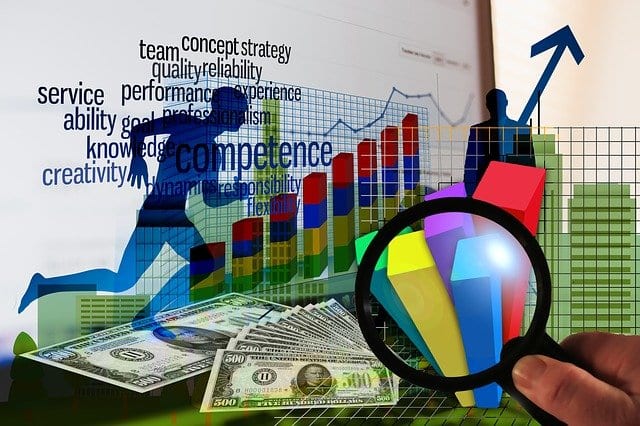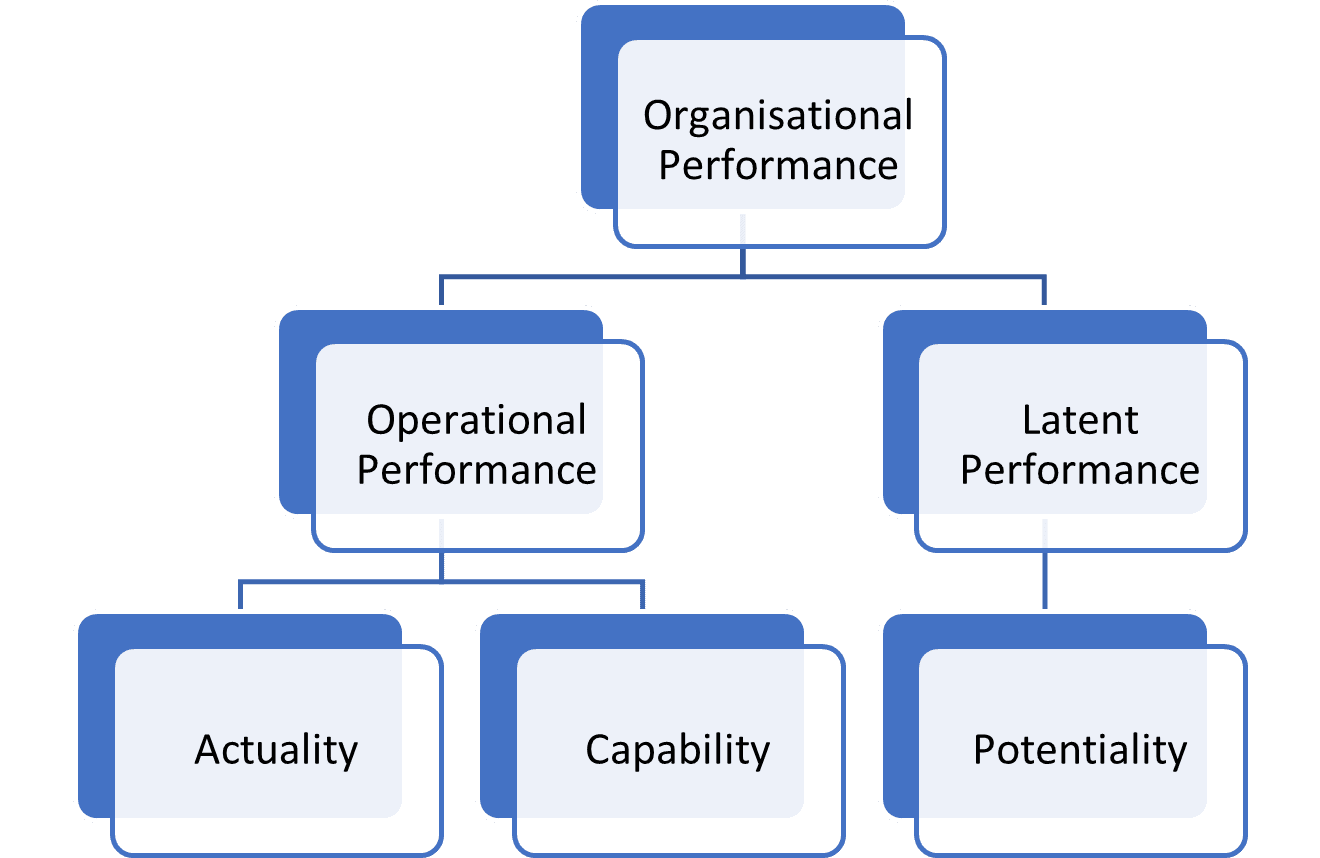Performance Management
Moving performance management from being an exercise in command and control to an opportunity for collaboration and shared learning is probably the best thing you could do to lift performance. With more accountability and less resistance, with more curiosity and less judgement your field of play expands. Growth and performance follow. This innovative approach to performance management is relevant to individuals, teams, and organisations.
Contact Geoff to discuss further.

Performance management is relevant when:
- Performance management issues have become a source of conflict or even dread.
- The context is changing, and targets are moving.
- Previous performance planning initiatives were unsatisfactory.
- The annual review cycle is coming up and you are interested in taking a different approach
Programme format
A combination of team workshops supported by one-to-one executive coaching as required.
Structure
- Your organisation and context
- Performance culture review
- Performance triple bottom line; actuality, capability, and potentiality
- Indicators and attribution
- Performance conversations
- Performance management systems architecture
- Post service review
Contact Geoff to discuss further.

Performance Management – A Better Way!
Do you have a bias towards Theory X or Theory Y? Your answer will have a significant impact on your performance management assumptions and preferences.
First proposed by social psychologist Douglas McGregor, according to Theory X, people work because they must, they naturally avoid taking responsibility and therefore organisations need tight performance appraisal systems with tangible “carrots and sticks”.
Theory Y on the hand, assumes that people work because they want to, and therefore respond to collaborative performance planning, where individual performance and employee development are complimentary processes.
Daniel Pink in his book Drive, built on Theory Y, by proposing that effective employee performance management is achieved by:
- Working form a clear sense of purpose
- Respecting employees’ autonomy to be self-directed.
- Enabling employees to grow towards mastery
In contrast, Theory X favours using company goals to create tightly defined performance metrics for each employee and linking remuneration accordingly. The advantage of Theory X is that expectations are clear. The disadvantage is that the relationship between managers and employees can be experienced as transactional, performance planning is unimaginative, and employees may feel dehumanised.
Theory Y is more comfortable with trust-based performance standards where the relationship between managers and employees is collaborative and where performance reviews focus more on future development opportunities, than a checklist of performance metrics.
Theory Y might be reflected in the phrase “meaning is the new money”.
A preference for either Theory X or Theory Y also depends on context. Operational settings with critical standard operating procedures may have good reason for leaning towards Theory X while more disordered or creative environments that depend on creative flair and personal investment will naturally veer towards a Theory Y philosophy of performance appraisal.
Effective Performance Management and Employee Well-Being
There can be much nervousness about appraisal systems and performance review meetings. Both line managers and employees often feel it. Therefore, conversations about improving performance can be awkward affairs and sometimes they may not happen at all.
This is not good! While we may feel wary about giving and receiving performance feedback, we are socially aware beings, and we need information about where we stand. When we are not given that information, there is a vacuum.
And the vacuum gets filled! People start making things up. There can be much anxious wondering about what others might be saying. In such feedback-starved environments others’ body language, silences, and throw away remarks are parsed for unspoken judgements.
Therefore, without effective performance management, and in an avoidant organisational culture; fear, mistrust and conflict can quickly take hold.


Three Performance Management Practices
Take a non-judgemental approach to performance appraisal conversations. This means that rather than coming from a place of fear and separation, bring a sense of kindness, acceptance, and connection to the process. With fear and judgment, we will have already decided what is wrong, what needs to be fixed and how it needs to be done.
With kindness and connection, we can create a more honest space, without the pretence of easy answers, and where truthful assessment is OK. The performance review dialogue becomes a source of learning and future possibility.
Share personal experience. The human resource function may feel much safer when annual reviews are as detached and as objective as possible. This is usually a hallmark of an avoidant culture.
However, employee performance management processes are never objective! They are filled with the subjective preferences of those who created them. Therefore, treating the subjective outputs of the performance management system as though they are absolute facts will inevitably create resistance.
Instead, the opportunity is to introduce personal experience into the performance appraisal. What has inspired, inflamed, puzzled, frustrated, or touched you about what the other person has brought to their work? This will move professional development planning from being a cold and detached assessment to one of joint inquiry.
Adopt a wide-angle lens. Most performance appraisals depend on a series of criteria and scores looking at individual performance as though it is a balance sheet of strengths and weaknesses. This narrow focus is an oversimplification of a complex human being. Why not widen the discussion?
The performance management process will capture much more value and possibility when it considers the person’s role in terms of their life journey, their hopes, and aspirations for the future and what they feel called to do. You won’t capture this on a scorecard. But by tapping into this space, there is the potential to unleash that person’s inner diamond.

A performance appraisal process
There is no need for complication. A simple framework for the performance appraisal conversation might be:
Celebrations
What went well that we can celebrate?
Learning
What has been learned from this?
What did not go as well and how might that have been done differently?
Overall, where are we now compared to where we thought we might be?
Looking ahead
What are you most looking forward to?
What concerns you the most?
What changes about your role and function do you suggest?
What help do you need with thriving in your role and creating the future that you want?
What role can I play (as manager) in helping you with that?
Goal setting
Thinking about your role in the year ahead what goals are guiding you?
Read more about executive coaching and coaching relationships
Contact Geoff to discuss further.
Negative Feedback and Employee Development
So where in the performance management process is there a space for negative feedback? Or do we pretend that everyone is perfect, and that development planning is only about building on strengths?
Effective performance management is about giving corrective feedback on the spot, as a matter of course and should not be left unsaid or parked until the annual review meeting comes around.
Employee performance management is a continuous feedback process of which the annual review is just one component.
Annual appraisals do not have to be lifeless rituals devoid of spirit and meaning. When approached with positive presence, good questions and without pre-cooked answers, performance evaluations become opportunities for celebration and inquiry-based conversations that open new and unimagined possibilities.

Company Goals and Strategy
At the corporate level, the traditional approach to performance planning is linear; step-by-step.
And each step informs the next step. If the targets are met, we will know if the strategy has worked and the performance measures recorded by the performance management system will show if the targets are being met. The organisational goals then feed into team targets and individual objectives.
It seems logical and clear. But it is a gross oversimplification.
No wonder most strategies fail!
Strategy is not a Performance Management System
Rather than regarding performance standards and measures as an output of a strategy, they need to be used as an input to the strategy. Strategies that are not based on the organisation’s performance potential will make unrealistic assumptions about what is achievable. Therefore, the strategy is misinformed from the start and it will fail.
Performance measures must be used as an input to the strategic planning process, not the other way around.

Performance as a Measure of Viability
While we have been trained to use performance management as a means for ensuring we do not deviate from some predetermined target. However, it is often of more value to consider performance in terms of maintaining viability.
Used in this way performance measures are an input to decision-making, based on an understanding of what the relationship between the organisation and its environment needs to look like to remain viable.
This dynamic approach to performance management is needed at business unit and functional level since changes at one level can impact the viability at another level.
Therefore, at each level it is important to understand the range of operational performance metrics and indicators that are required for viability.
Dynamic Performance Management Systems
How do we measure viability?
There are three areas to look at.
Actuality: This is the traditional measure of how a process, department or organisation performed
Capability: What is the process, department, or organisation capable of achieving?
Potentiality: What the process, department or organisation could deliver with realistic changes implemented, or what it needs to deliver to maintain viability.
These three performance indicators can be configured as follows to provide three key performance ratios.

The Strategic Gap in Performance Management
The difference between capability and potentiality is a measure of the strategic gap. This measures the difference between what the organisation is capable of and what it either must become capable of or could be capable of if managers and employees took action.
Dynamic performance management systems solve many of the problems associated with top-down company goal setting and simplistic thinking. And because the three baseline performance indicators are linked, it discourages managers from spinning exaggerated predictions about the future because they show up as an immediate failure to manage the strategic gap.
Measuring the Performance of Management
The traditional approach is to use the financial performance of the organisation as a proxy for management performance. However, the organisation is not the management and the management is not the organisation.
What is management responsible for? Management is responsible for managing the relationship (or polarity) between ‘running the organisation’ and ‘changing the organisation’. Delivery versus development!
If management places too much weight on running the organisation (delivery) without considering how the organisation needs to change (develop), the organisation will sooner or later become irrelevant. On the other hand, if management measures its performance based on its capacity to change the organisation without due consideration towards running the business, the organisation will quickly derail.
Delivery versus Development
This relationship is the crux of management. Therefore, it is how management performance should be measured.
Go back to the three indices. Organisational performance is the ratio of latent to operational performance. This measures management’s capacity to close the strategic gap. Closing the strategic gap requires the capacity to facilitate change that delivers real results.
The only way this will happen is for the two aspects of management – Delivery and Development – to engage in ongoing dialogue so that practical and implementable development plans are produced and actioned. The capacity to navigate this polarity is the best measure of management performance.
Book a complimentary meeting with Geoff to discuss your organisations approach to performance management.